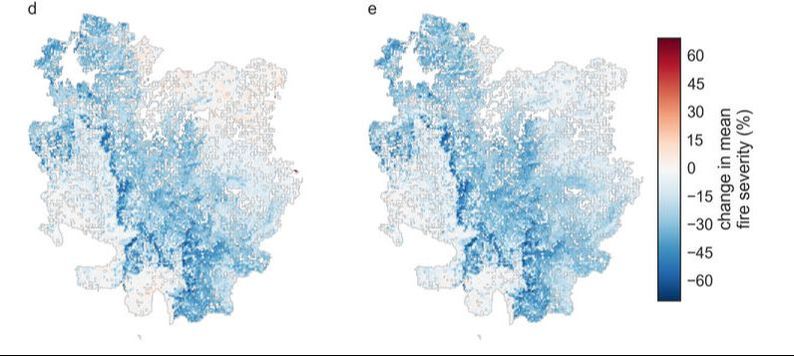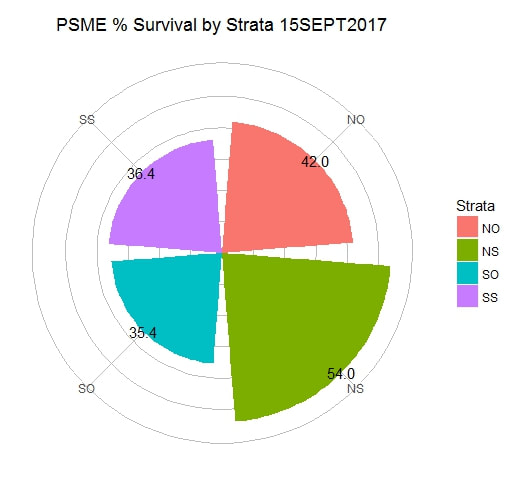|
Imagine a career where a high success rate means you fail more than 50% of the time and you can never prove you are correct. That is being a scientist.
I live in a world where the majority of my friends are also scientists and I often forget that most people have relatively limited formal exposure to science. Sure, you take biology and chemistry in high school and if you’re not a science major in college, you take a few science classes. What gets lost in this level of education is how messy the scientific process is and how often you fail to accomplish your objective. What also gets lost is how the excitement of unexpected results is really what drives most of us. We teach science as a linear process in introductory science classes – researcher develops hypothesis, designs experiment to test hypothesis, experiment supports hypothesis, new knowledge acquired and added to text book. But, that isn’t how it really works. A more accurate representation of this bland description is that – researcher develops hypothesis, designs experiment to test hypothesis, experiment fails for any number of reasons, researcher develops new experiment to test hypothesis, experiment inconclusive, new knowledge acquired, researcher reevaluates hypothesis and starts over. Of course, that doesn’t do the process justice. In my experience as a forest ecologist it usually goes something like this:
If you’re not a scientist (which I hope) and reading this (the whole reason I write this blog), you’re probably thinking – This poor science geek can only make friends with other scientists. and It must be pretty demoralizing to fail most of the time. I certainly can’t speak for everyone in science, but I’m pretty obsessive when it comes to thinking about forests and most of my friends are pretty obsessive about thinking about their study systems too. It’s not a curse; nature is a fascinatingly complex puzzle. I absolutely love forests and I strive to do meaningful work that helps us understand and better manage our forests. As for the failure part, sure sometimes it’s disheartening. But the unexpected is what motivates me. When I get unexpected results and it challenges me to think about the forest in a new way, that is what wakes me up in the middle of the night. That is what allows me to let the grant proposal and paper rejections roll off my back. When I teach introductory ecology, I try and communicate to students that this process is not linear like their textbook would have them believe. The information that makes it into a book has lots of failure and reevaluation behind it. The individuals that discovered those things in their textbook were driven by curiosity and the desire to more completely understand whatever system they were working in. While this career certainly doesn’t appeal to most, I just hope that people who aren’t scientists can appreciate the process the way I appreciate the process an artist or business person or engineer goes through.
0 Comments
Over a series of studies we have evaluated the carbon tradeoffs associated with treatments to reduce the risk of large, hot wildfires. In a 2008 study we posited that since large, hot wildfires release a considerable amount of carbon to the atmosphere because they kill trees and combust more plant material, thinning smaller trees and restoring surface fire would result in a net carbon benefit. The basis for this argument is that while thinning and prescribed burning both remove and release carbon from the ecosystem, the total carbon loss will be lower over time because when wildfire does occur the effects on the treated forest will be lower. One of the arguments against this line of thought was presented by John Campbell and colleagues in a 2012 paper. They argued that since we cannot predict exactly where fires will occur, more area will be treated than will burn in a wildfire and the net effect will be lower overall carbon storage. Building on our previous work where we looked at the effects of increasingly severe fire weather, we sought to determine if we could use our understanding of where fires are likely be hottest and kill the most trees to inform the placement of thinning treatments. In a recent study led by Dan Krofcheck, we ran simulations of the same Dinkey Creek watershed in the Sierra Nevada using projected climate data from four different climate models and projected fire weather. We used the simulations from the first Dinkey Creek study to identify the locations on the landscape that had the largest chance of being burned by hot, tree-killing fire. We then ran simulations where we thinned every location on the landscape that was legally and operationally available, meaning that these areas were not protected by law and the ground was not too steep to prevent thinning equipment from working. We called this the naïve scenario because it assumes that no prior information exists about where best to locate treatments. In reality, that is not how treatments are located. Forest managers use all kinds of information to inform the location of their treatments. In the optimized case, we only thinned areas of the landscape where there was a higher chance of stand-replacing fire. Importantly, we simulated prescribed fire to all forests where it is ecologically appropriate in both scenarios. The results show that in terms of reducing the chance of stand-replacing fire, both scenarios performed almost exactly the same. In areas where the chance of high severity fire is high, both the naïve and optimized scenarios had the same reduction in fire severity when compared to the no-management scenario. Both management scenarios also reduced the variability in carbon loss from the system because there were fewer stand-replacing fires. However, because we only thinned the highest risk places in the optimized scenario, we ended up thinning approximately 60% less area than in the naïve scenario. This resulted in much lower carbon loss from the system at the beginning of the simulations and an overall lower total carbon loss than both the no-management and naïve scenarios. This research demonstrates that if we inform our treatment locations based on where we have the highest risk of stand-replacing fire, we can treat much less of the landscape with thinning and reduce both carbon loss from treatment and carbon loss from wildfire.
In a previous post about this project I recounted the trials and tribulations of elk eating our seedlings. Fortunately they didn’t get them all. We’ve been following these seedlings all summer to learn how survival varies as a function of aspect and vegetation cover. As a refresher on a previous post, we hypothesized that seedlings would be more likely to survive on north facing slopes and under the cover of shrubs, rather than out in the open on south facing slopes. The reason being that south facing slopes without shrub cover would be hot, dry, and stressful for seedlings. What are we finding so far… Well, it depends. Douglas-fir is what we call a more shade-tolerant species, meaning it can tolerate lower light environments when it is a seedling. As of 15 September, this species had the highest survival on north facing slopes and under the cover of shrubs. Ponderosa pine tends to be more shade intolerant, meaning it prefers a higher light environment. In this case we found that south aspects, regardless of shrub cover and north aspects with shrub cover all had 64-66% survival. North aspects without shrub cover had 76% survival. This suggests that they are getting the light they need, but are benefiting from it being a little cooler and moister on the north facing aspects without shrub cover. Pinyon pine, which is a species that grows at lower elevations and tends to regenerate in the shade of adult trees and shrubs is a bit of a mystery right now. It had higher survival on south facing slopes without shrubs and on north facing slopes with shrubs. We’re going to have to keep following this species and dig into the temperature and relative humidity data to figure out what is going on. Southwestern white pine is a species that tends to be intermediate in terms of shade tolerance, similar to Douglas-fir. This species also tends to occur at higher elevations in the Jemez with Douglas-fir because it requires more precipitation. These seedlings did best on north facing slopes, growing under shrub cover. Interestingly, it did better on south slopes in the open than it did on north slopes in the open. This result is another head-scratcher that is going to require digging into the data. We are nearing the end of the first growing season for these seedlings that we planted last fall. We’ll keep tracking these individuals to see how they do during the next growing season and we’ll be planting some new sites this fall. So, stay tuned for more results from our experiment trying to understand tree seedling establishment in a severely-burned landscape.
|
Details
Archives
October 2023
Categories
All
|








 RSS Feed
RSS Feed